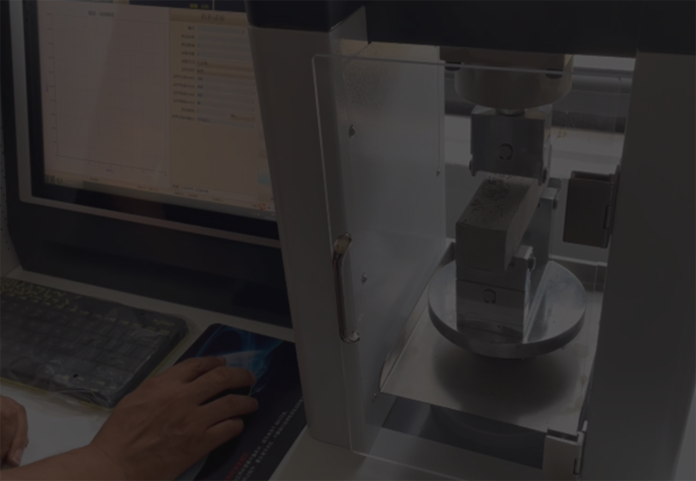
Dec . 03, 2024 20:12 Back to list
HPMC Solubility Characteristics in Various Organic Solvents for Enhanced Applications
HPMC Solubility in Organic Solvents An Overview
Hydroxypropyl methylcellulose (HPMC) is a widely used cellulose derivative in various industries, especially in pharmaceuticals, food products, and construction materials. Its unique combination of properties, such as film-forming ability, thickening capacity, and water retention, makes HPMC an invaluable additive. However, a fundamental aspect of its application is understanding its solubility in organic solvents, which influences its functionality and compatibility in formulations.
HPMC Solubility in Organic Solvents An Overview
To explore HPMC's solubility in various organic solvents, it is crucial to understand the structural modifications imparted on cellulose through hydroxypropyl and methyl substitutions. These modifications enhance the polymer's performance, such as improving its thermal stability and mechanical strength. However, they also influence its solubility profile. Generally, HPMC has limited solubility in non-polar solvents like hexane or toluene due to the lack of sufficient interactions between the solvent molecules and the hydrophilic groups of HPMC.
hpmc solubility in organic solvents

In contrast, HPMC demonstrates a better solubility in some polar organic solvents, such as dimethyl sulfoxide (DMSO) and ethanol. The polar nature of these solvents helps facilitate hydrogen bonding and dipolar interactions, making them more compatible with HPMC's chemical structure. This solubility can be further enhanced by adjusting HPMC's molecular weight and the degree of substitution, allowing formulators to optimize its use in various applications.
The significance of HPMC solubility in organic solvents is particularly evident in the pharmaceutical industry, where the formulation of drug delivery systems often requires the use of both aqueous and organic phases. In such cases, understanding the solubility behavior of HPMC in mixed solvent systems can help in designing effective drug formulations that leverage the advantages of HPMC for controlled release and improved bioavailability.
Furthermore, in the construction industry, HPMC is widely used as an additive in gypsum and cement-based products. While these products are predominantly water-based, there are instances where organic solvents are introduced, for instance, during the cleaning of equipment or when working in less hospitable environments. In these scenarios, it's essential to know the limits of HPMC solubility in order to determine its suitability for maintaining the desired properties in the final product.
In conclusion, the solubility of HPMC in organic solvents is influenced by several factors, including solvent polarity, molecular weight of HPMC, and the degree of substitution. While HPMC is primarily soluble in water, it can also dissolve in selected polar organic solvents, offering versatility for different applications. Ongoing research into the interactions between HPMC and various solvents will further enhance our understanding of its solubility profile, enabling more innovative uses of this essential material across multiple industries. As industries evolve and require more sophisticated formulations, knowledge of HPMC's solubility behavior in various solvents will remain crucial for the development of effective products.
-
Unlocking the Benefits of HPMC Products: A Gateway to Versatile Applications
NewsAug.07,2025
-
Unleashing the Potential of HPMC Ashland: A Comprehensive Look
NewsAug.07,2025
-
Tile Bonding Cellulose: The Key to Superior Adhesion and Durability
NewsAug.07,2025
-
Hydroxypropyl Methylcellulose Powder: The Versatile Component in Modern Pharmaceuticals
NewsAug.07,2025
-
Hydroxyethyl Cellulose: The Versatile Solution for Various Industries
NewsAug.07,2025
-
Hydroxyethyl Cellulose (HEC): The Versatile Polymer for Various Applications
NewsAug.07,2025







